There’s a tiny parasite quietly spreading across the globe, causing red spots on the skin and affecting millions each year. It isn’t deadly, but it’s stubborn, contagious, and often mistaken for something else. Sarcoptes scabiei (Scabies). The World Health Organization (WHO) classifies scabies as a neglected disease affecting 200 million people yearly. Even though it’s easy to treat, far too many people suffer for long because doctors miss it. The problem can mess up your sleep and how you feel day to day.
Spot the Warning Signs
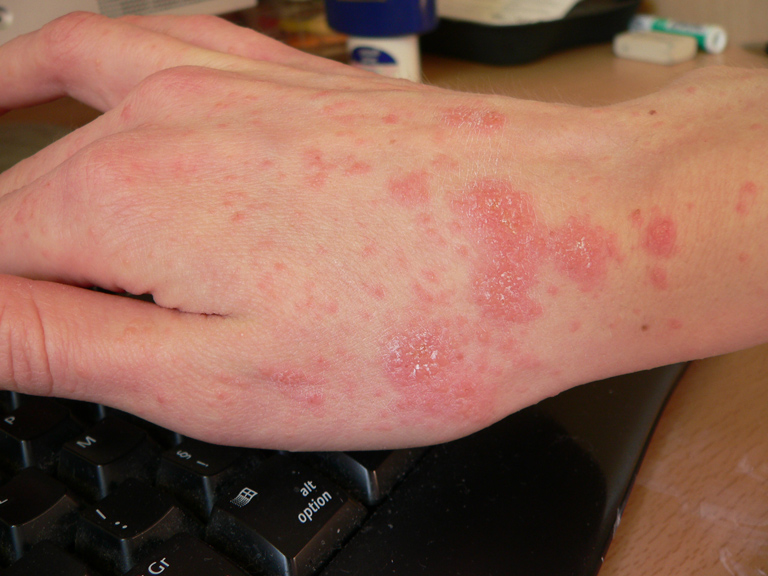
These mites are most active while you sleep, crawling and burrowing into the skin, laying eggs. Early signs include small red spots and thin, wavy lines. Look for groups of bumps that look like pimples, bug bites, or small blisters. The most common places to check are between the fingers, around the wrists, elbows, armpits, waist, and private areas. In children, the rash can also appear on the face, scalp, palms, and soles of the feet. Scratching can cause sores that could get infected. Remember, scabies symptoms may not show up for 4 to 6 weeks after contact.
Understand What Makes This Unique
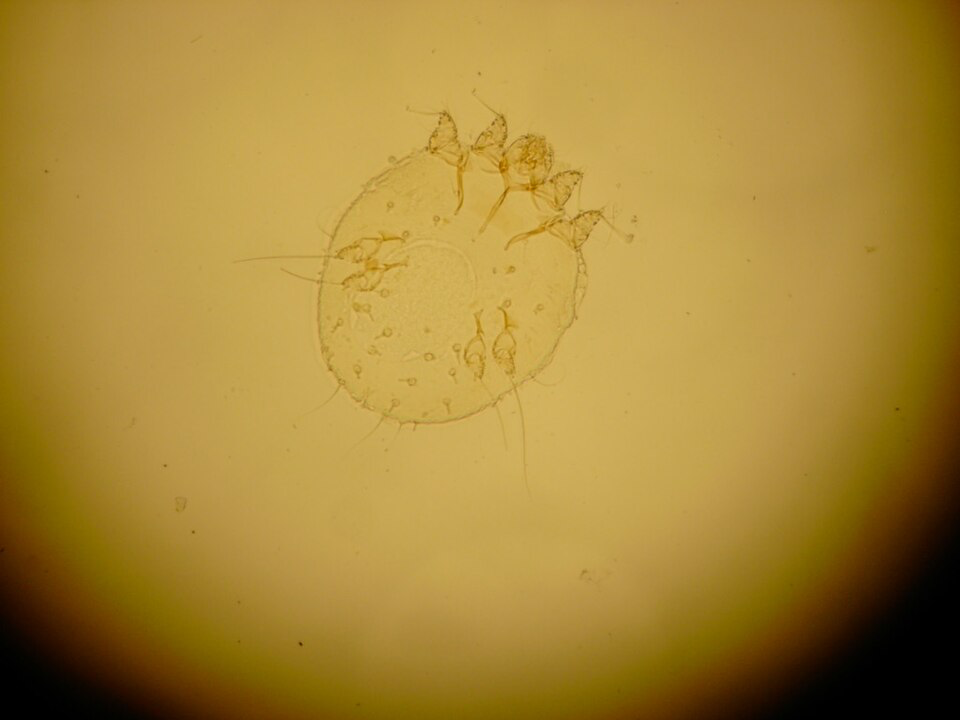
It’s easy to mistake scabies for eczema, hives, or other rashes. A lot of doctors miss it the first time because its symptoms look like something else. But without the right treatment, the symptoms won’t go away. The intense itching happens because your body is having an allergic reaction to the mites, their eggs, and their waste.
Scratching only makes things worse and can lead to skin infections. If you have never had the parasite before, it can take two to six weeks for symptoms to show up. But if you have had it before, symptoms can appear much faster, sometimes in just one to four days. There is also a severe form called crusted scabies. It causes thick crusts on the skin and can be full of thousands of mites.
Discover How It Spreads
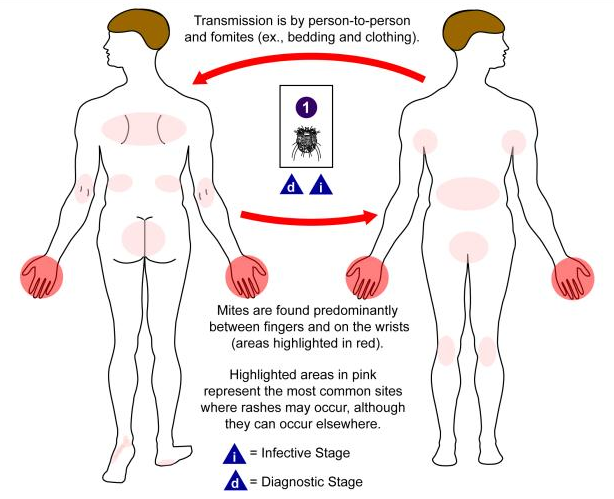
These mites thrive in crowded places like nursing homes and spread through shared beds, clothing, or towels. You can pass scabies on before any symptoms show up. They survive on furniture and bedding for up to three days. Even very clean people can get infected because it spreads mainly through skin-to-skin contact, not poor hygiene. Outbreaks are common in nursing homes, jails, and daycares. This type of mite can’t jump or fly, it crawls on skin at about one inch per minute. Humans are the primary source of scabies, while animal mites rarely affect people.
Get the Right Diagnosis Fast

Call your doctor if the itching starts to ruin your sleep, or if your roommates are scratching too. Ask clearly for a skin scraping test. The WHO suggests diagnosis based on signs in areas where scabies is common. Special skin scopes may show mites, eggs, or poop under the skin. Skin scrapings looked at under a microscope will confirm the diagnosis.
Apply the Right Medications for Scabies Symptoms
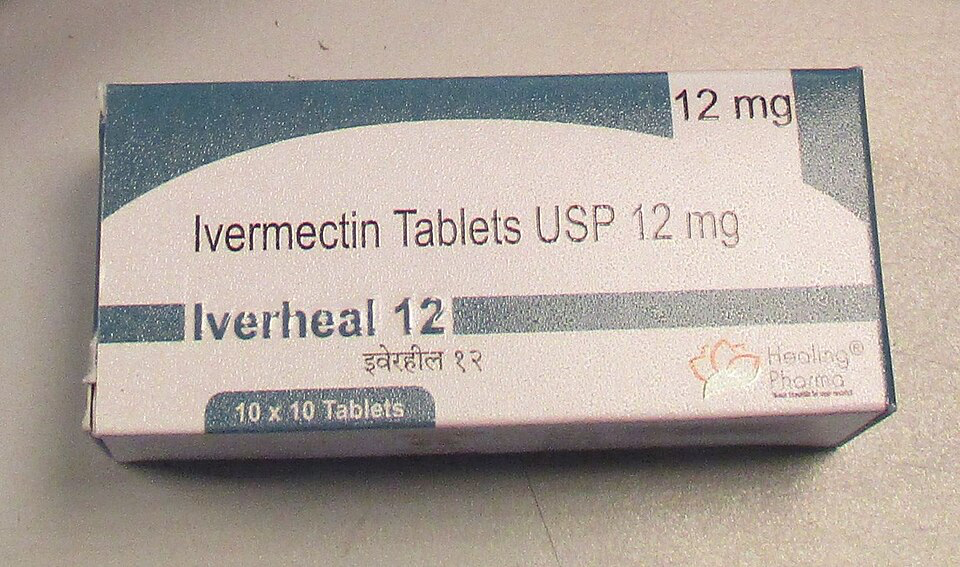
To treat the parasitic skin condition, apply permethrin 5% cream from your neck to your toes. Leave it on overnight for 8 to 12 hours. Everyone in your home should be treated at the same time, even if they don’t have symptoms. Plan a second treatment 7 to 10 days later to kill any newly hatched mites. If the case is stubborn, ask your doctor about ivermectin pills.
For babies, pregnant women, or older adults, special treatment guidelines apply. It’s normal for itching to continue for one to two weeks after successful treatment. Health experts agree that permethrin cream is the best first option. Make sure to follow the directions carefully and apply it to dry skin. You can also use calamine lotion or allergy medicine to ease itching while you heal.
Win the Home Front Battle Against Red Spots on Skin

Experts recommend these steps to get rid of mites: wash all your bedding, clothes, and towels in hot water at 50°C (122°F). Dry them on high heat for at least 20 minutes. For items that can’t be washed, seal them in plastic bags for a week. Vacuum carpets and furniture thoroughly and then throw away the vacuum bag. Pay extra attention to your bedroom since mites like to hide there. You can go back to work after your first treatment. Skip the costly bug bombs because mites die within three days without a human host.
Prevent Treatment Failures
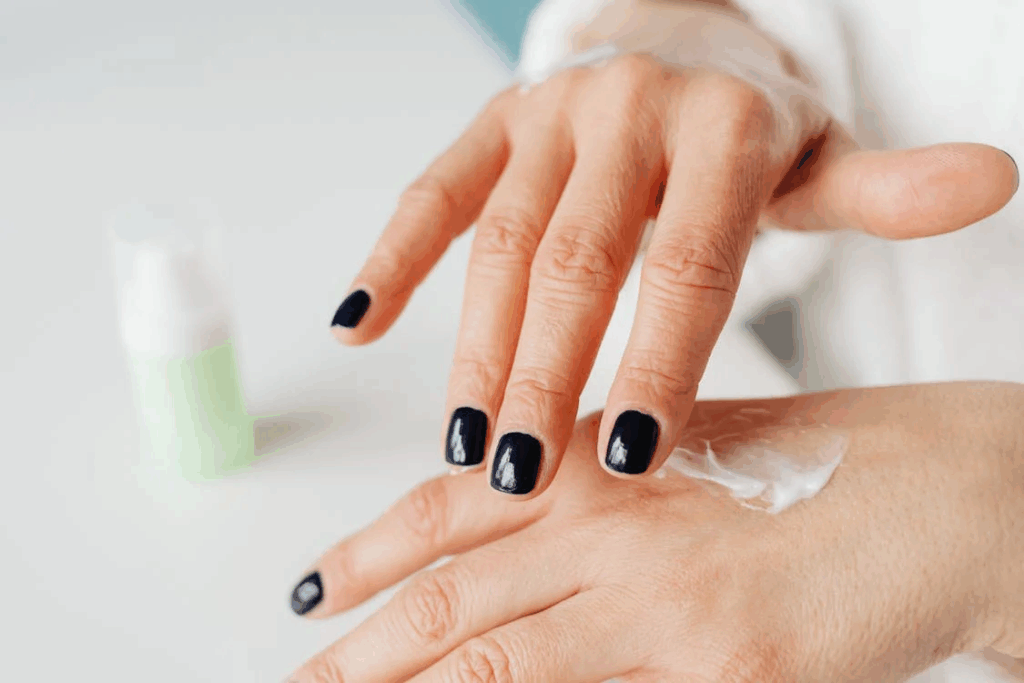
Complete both treatment rounds without skipping. Continue even if itching persists, as dead mites can still cause reactions. Treat everyone close to you at the same time and clean your entire house on treatment day. Studies show that treatment often fails because medicine is not applied properly, so don’t miss any spots. If symptoms continue after four weeks, see your doctor again. Avoid contact with untreated friends who might have mites.
Recognize When to Get Additional Help for Scabies Symptoms

If you have a fever, pain, or little red spots on your skin, see your doctor right away. Keep an eye out for infections that can spread after treatment. If your immune system is weak, take extra care because you might need more treatments. Crusted scabies is a very contagious type that needs special care. Get antibiotics fast if you have infected sores. Feeling stressed? Support groups can help with sleep and anxiety. Watch for unusual reactions to medicine and get medical help immediately if you notice any. Research shows that crusted scabies needs a tailored treatment plan.
Follow Your Road to Complete Recovery
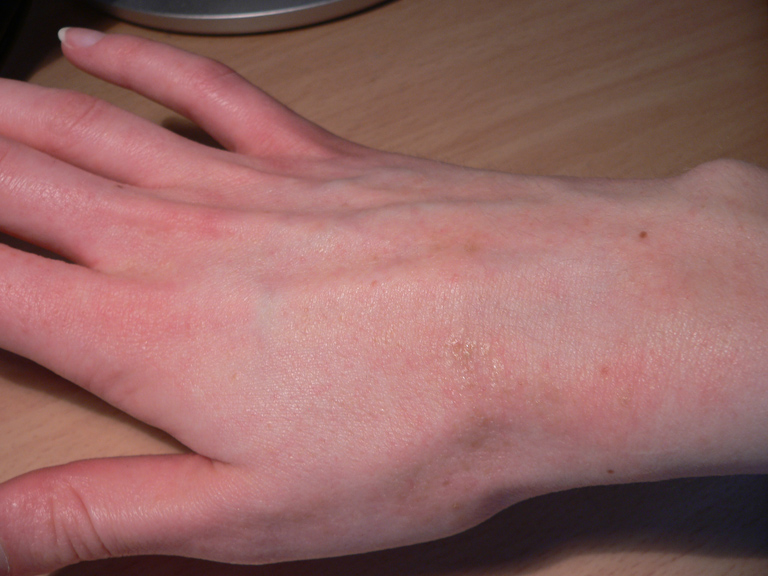
Begin treatment right away after diagnosis. Alert your close contacts so they can check for scabies symptoms. Recovery takes time, so stay patient and follow through with all treatments. Most people see scabies symptoms disappear completely with proper care. Remember: early action prevents both complications and the spread of scabies to others.
Read More: 10 Reasons You Have an Itchy Bum – and When to See a Doctor

